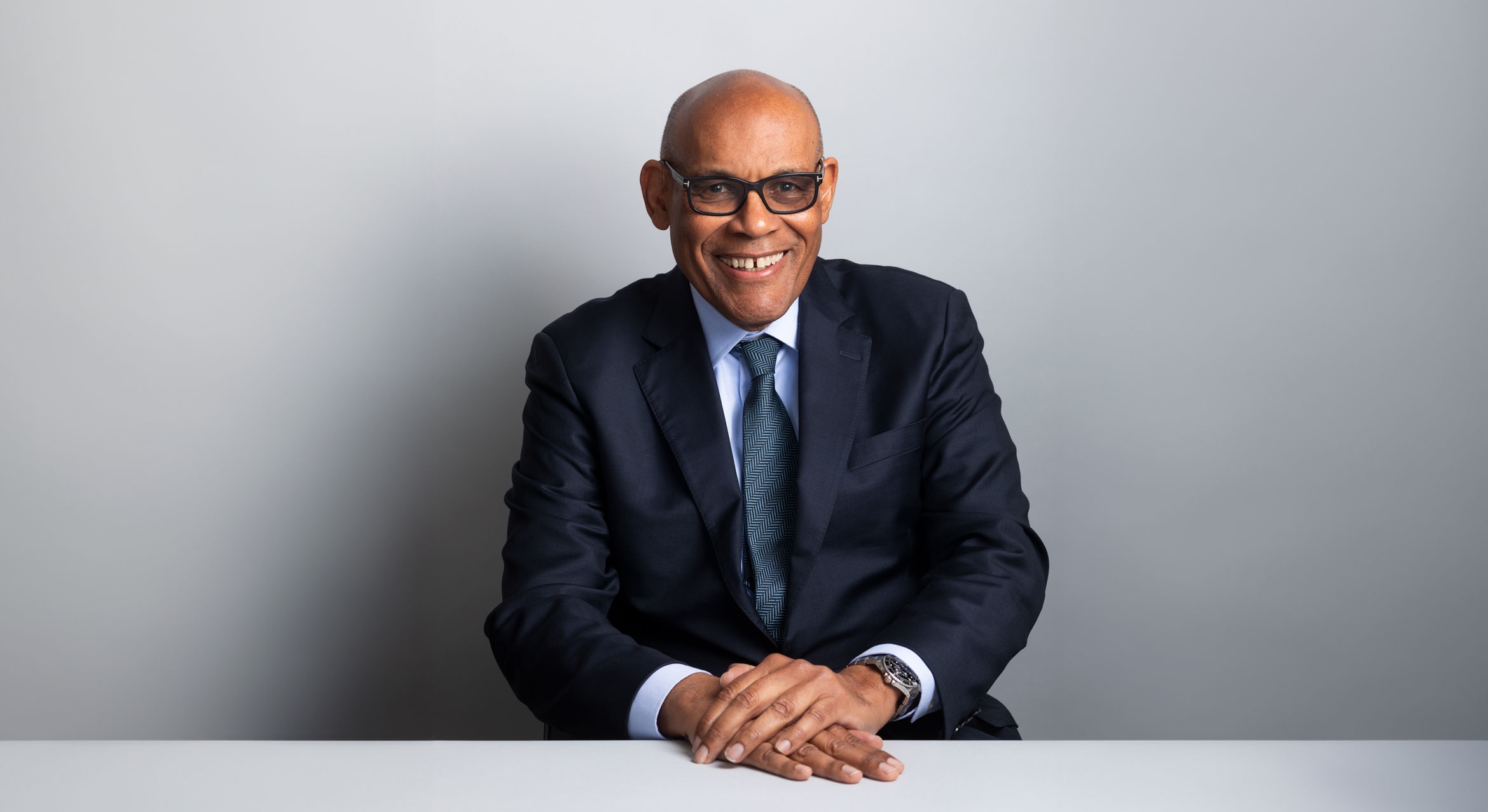
Spiritual Seeker


Rooted in Christianity, the mind-healing movement that began in 19th-century America was met with some skepticism. One of the leading practitioners was a clockmaker, after all. But a fellow pioneer with deep theological expertise helped win over followers with his erudite conviction.
In her new book, “The Spiritual Journals of Warren Felt Evans: From Methodism to Mind Cure” (Indiana University Press, 2016), UC Santa Barbara professor emerita Catherine L. Albanese details the decades-long theological journey of an “idol” of an American subculture.
Viewed as a quintessential spiritual seeker, Evans is “probably the single individual who most shaped the intellectual and practice-oriented direction of what became New Thought,” Albanese wrote. Though she acknowledges he is “not exactly a household name.”
“He was a major New Thought leader,” Albanese said, noting he was highly intelligent and “so intriguing.” The basic premise of mind-healing is that people have the mental power to help heal their body with positive thoughts.
In 1835, when he was approaching 20, Evans turned his attention “to religious things” and became a Congregationalist. This brought in its baggage Calvinist orthodoxy, which stressed human sinfulness and divine selectivity regarding salvation, said Albanese, a J.F. Rowny Professor Emerita in Comparative Religions and Research Professor in Religious Studies at UCSB.
After studying at two Vermont schools — Chester Academy and Middlebury College — Evans transferred to Dartmouth College in New Hampshire. He left there in his junior year in 1839 for reasons that are unclear. He then became a Methodist and began to act as a lay minister — a denominational switch that came with “huge theological freight,” according to Albanese. He embraced much of the spirituality of the Catholic Middle Ages and the perfectionism of Methodist founder John Wesley.
According to Albanese, Evans came to affirm the freedom, not the bondage, of the will, thereby choosing to be saved instead of waiting on God. Wesley emphasized avoiding evil of every kind, doing good of every possible sort and seeking grace, through public worship, private prayer and studying Scriptures, according to church doctrine. Evans, who was ordained a deacon in 1844, also liked the Methodist practice of moving ministers from church to church every year or so. He noted in his journal that he became a Methodist “not so much on doctrinal grounds, as from a love for the itinerant ministry.”
In that same entry in 1853, Evans described his “growing dissatisfaction with some features of Methodism.” Piety was not so uniform as he wanted it to be. But what he most disliked was the church’s “outrageous” financial system, complaining he had not received enough to support his family. Evans left the Methodist church 11 years later because he was drawn to the teachings of Emanuel Swedenborg, who associated spiritual disharmony with physical disease. Albanese wrote that he was partly motivated to become a Swedenborgian because of his chronic ill health. About the same time, Evans visited a famous mental healer, Phineas P. Quimby, the aforementioned clockmaker, who taught that the cause of illness is “wrong belief.” Changing the belief, therefore, would cure the disease. Quimby also attracted others, such as Mary Baker Eddy, who later founded Christian Science.
Albanese questions the amount of influence Quimby had on Evans, arguing they met only twice and evidence suggests Evans was already pursuing his own ideas of mind cure, which he gleaned from the writings of Swedenborg. A voracious reader with a near-photographic memory, Evans initially focused on narratives of saints and mystics. But his journals show he was a “thorough intellectual,” Albanese said, which contradicts the stereotype of people who espoused New Thought as intellectual lightweights.
For the general reader, Albanese said, the message is “you’re not alone.” Evans helped open the door to exploring your beliefs and seeking an alternate path.



